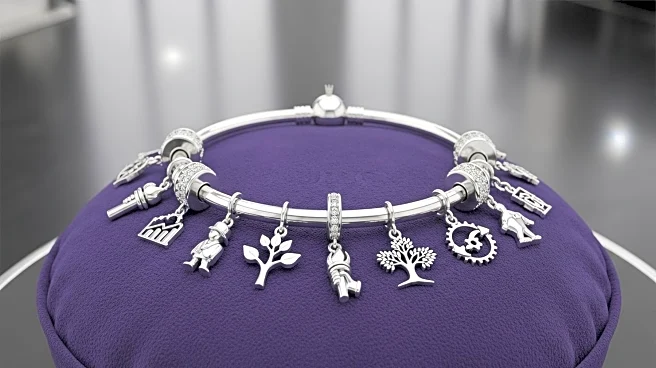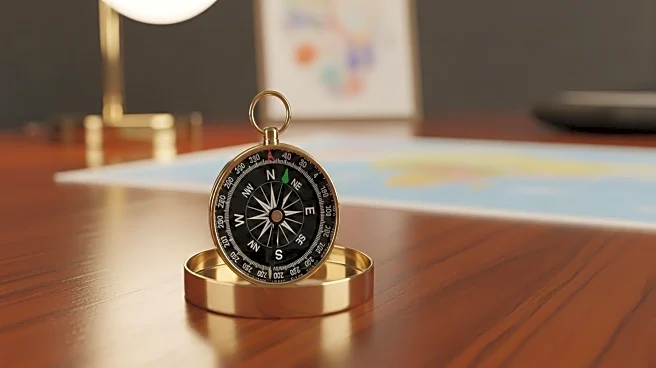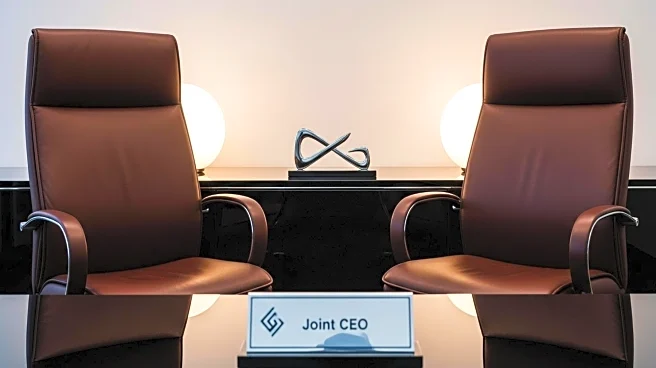What is the story about?
What's Happening?
Alexander Lacik, the President and CEO of Pandora, has announced his retirement, effective at the company's next annual general meeting on March 11. Lacik has served in this role for nearly seven years, overseeing significant growth and strategic transformation at the Copenhagen-based jewelry company. Berta de Pablos-Barbier, currently Pandora's Chief Marketing Officer, will succeed Lacik as CEO. De Pablos-Barbier, who joined Pandora last November, has a background with LVMH Moët Hennessy Louis Vuitton and is recognized for her leadership and analytical skills. Under Lacik's leadership, Pandora has expanded its global workforce and increased revenues by 45 percent, implementing the Phoenix strategy to broaden its product offerings beyond charms.
Why It's Important?
The transition in leadership at Pandora is significant for the jewelry industry, as the company has been a major player in the market under Lacik's tenure. His departure comes at a time of volatile demand trends, U.S. tariffs, and commodity and foreign exchange challenges. The appointment of de Pablos-Barbier as CEO is expected to continue the company's growth trajectory, leveraging her experience in luxury and consumer goods. However, the change may impact investor confidence, as noted by RBC Europe Limited, which anticipates potential pressure on Pandora's shares due to the departure of a seasoned CEO.
What's Next?
Pandora will focus on ensuring a smooth transition of leadership to maintain its growth momentum. De Pablos-Barbier is expected to lead the company through current market challenges and continue expanding its brand presence globally. Stakeholders will be watching closely to see how she navigates the existing economic headwinds and implements strategies to sustain growth. The company's board has expressed confidence in her ability to lead Pandora into its next phase.
Beyond the Headlines
The leadership change at Pandora highlights the importance of strategic succession planning in large corporations. It underscores the need for companies to adapt to changing market conditions and consumer preferences. The transition also reflects broader trends in the luxury goods sector, where companies are increasingly focusing on diversity and innovation to stay competitive.
AI Generated Content
Do you find this article useful?













